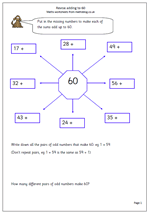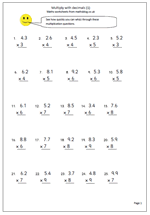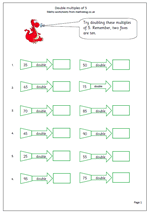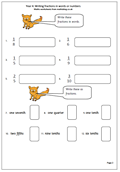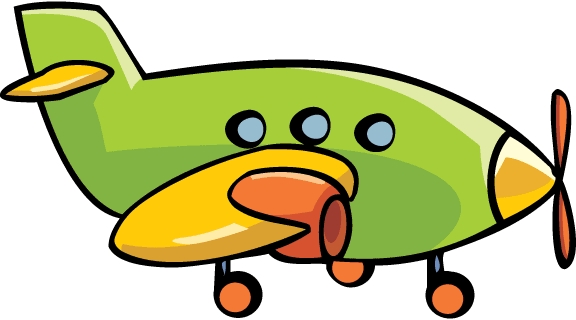 Well, a new term is just about to begin and we have some lovely pages to help get those minds working again. Next week we are concentrating on calculating fast.
Well, a new term is just about to begin and we have some lovely pages to help get those minds working again. Next week we are concentrating on calculating fast.
Many Year 6 children are not as confident as they should be with multiplication and with decimals so we will be publishing a straightforward maths worksheet which looks at multiplying 2-digit numbers by 1 digit, with decimals.
We will also have the second in our mini series on practising mental addition for Year 4 children. This page looks at pairs of numbers that make 60. There are 8 snappy questions followed by a task to find all the pairs of odd numbers that make 60.
Sometimes it’s useful to have a page that tests how quickly children can respond to a set of questions – and next week we have a Year 4 maths worksheet which looks at addition and subtraction of whole tens. There are 30 questions and children who have a good grasp of adding single digits should be able to transfer their skills and answer these quite quickly.
